Premium Only Content
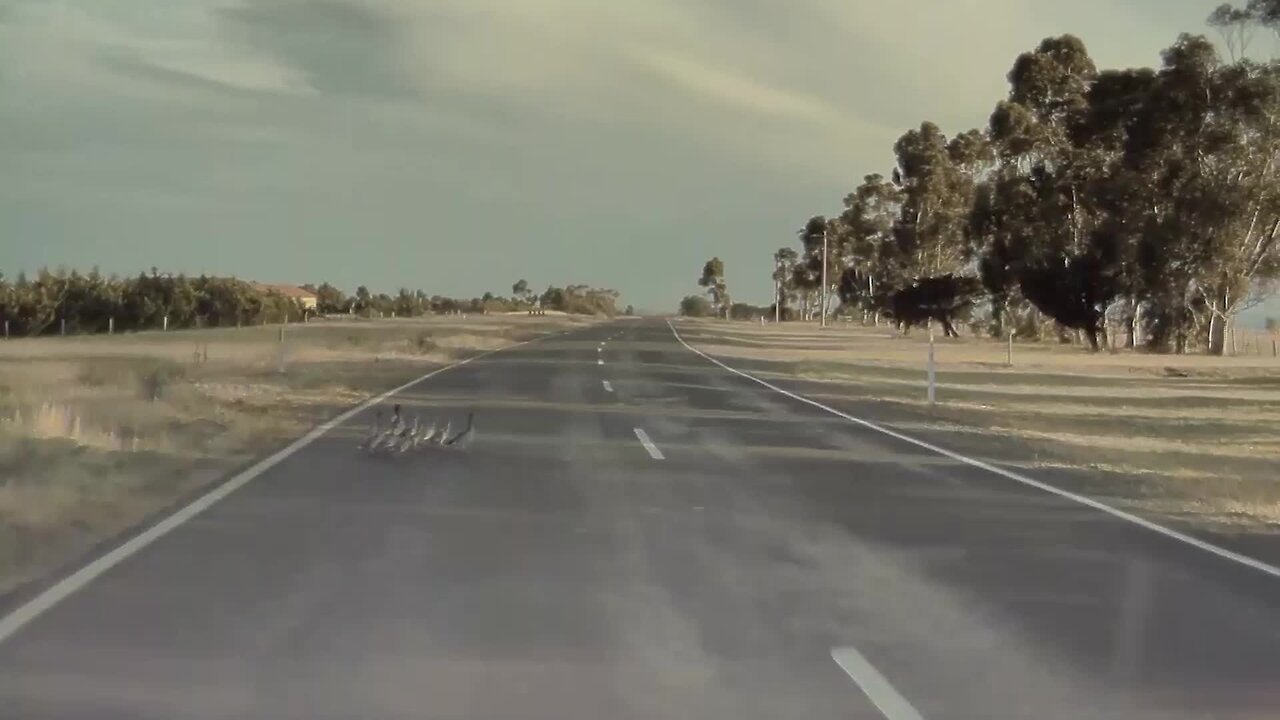
Tesla On Autopilot Swerves To Avoid Ducks Crossing Highway
See how this noble driver drove between the towns of Gisborne and Bacchus Marsh in New Zealand, when he has to detour immediately to avoid running over ducks crossing the road. (The driver was traveling at over 60mp/h) and thanks to being alert to the situation he was able to avoid a tragedy for this group of ducks. Good work for the incredible Tesla Safe System! Animal accidents are more frequent than desirable. At night, the risk increases as the number of animals with nocturnal habits and the worst visibility increases.
It is a very unpleasant situation to have the bad luck to run over an animal and it leaves you with a very bad body even though nothing has happened to you and it has not caused damage to the vehicle. Unfortunately they are frequent and, although most of them have no more consequences than the death of the poor bug, in other cases there are material and personal damages. Although there are more animals that have their vital activity during the day, it is at night when more accidents occur. Two factors come together to make this happen. On the one hand, animals with diurnal habits are not very close to the roads because during those hours there is usually more traffic and the noise from cars and trucks drive them away, while at night, with less traffic and noise, they tend to be closer to the road, as well as to urban centers.
The other determining factor is our field of vision. During the day it is easier to avoid being run over because we see the animal much earlier and it gives us time to react, while at night we travel faster than the light of our headlights. In most cases when we see the animal we no longer have time to stop before impacting with it. To these two factors is added a third and is that many animals are blocked by being dazzled by the headlights, while for the day rarely stop in the middle of the roadway.
Since at night is when it is more likely to run over an animal, it is best to see the sides of the road as much as possible, so that we can see an animal moving out of the roadway and may be heading towards it. Contrary to what most people think, front fog lamps can be used even if there is no fog - or reduced visibility conditions - on twin-sided, winding secondary roads. If you see a wild boar or deer crossing the road or close to it, it is most likely that there will be several more animals with it and that they will cross the road. Slow down even if the one you've seen has finished crossing, because it's very likely that more will appear behind it.
-
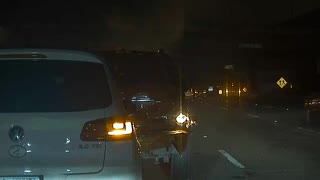 1:00
1:00
ViralHog
6 years ago $0.26 earnedTesla Avoids Highway Pile-Up
1.69K -
 0:23
0:23
ViralHog
6 years ago $0.09 earnedHydroplaning on the Highway
532 -
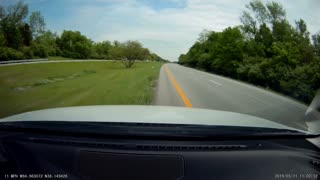 3:00
3:00
ViralHog
5 years ago $0.02 earnedDriver Dodges Chaos on Highway
263 -
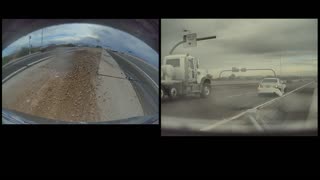 0:43
0:43
ViralHog
5 years ago $0.01 earnedTesla Taken out from Behind
129 -
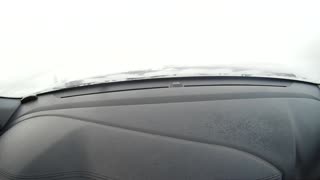 2:06
2:06
ViralHog
6 years ago $0.07 earnedWhiteout Pile-Up on the Highway
676 -
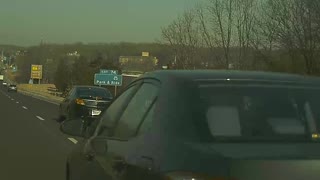 0:15
0:15
ViralHog
5 years agoCar's Autopilot Prevents Potential Crash
60 -
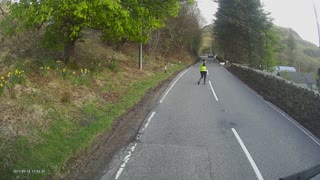 3:00
3:00
ViralHog
5 years ago $0.01 earnedA Heap of Sheep Crossing the Road
103 -
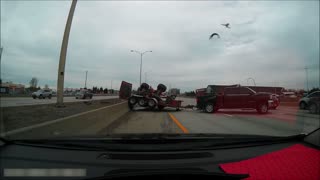 3:08
3:08
ViralHog
5 years agoOut of Control Trailer Jackknifes on Highway
108 -
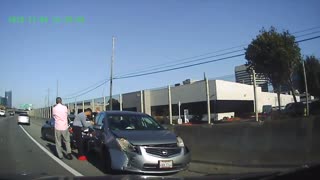 0:58
0:58
ViralHog
5 years ago $0.48 earnedMan Missed by Inches in Highway Mishap
2.89K -
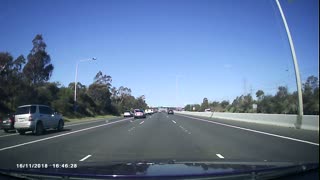 0:50
0:50
ViralHog
5 years ago $0.01 earnedDisgruntled Drivers Swerve on Highway
53